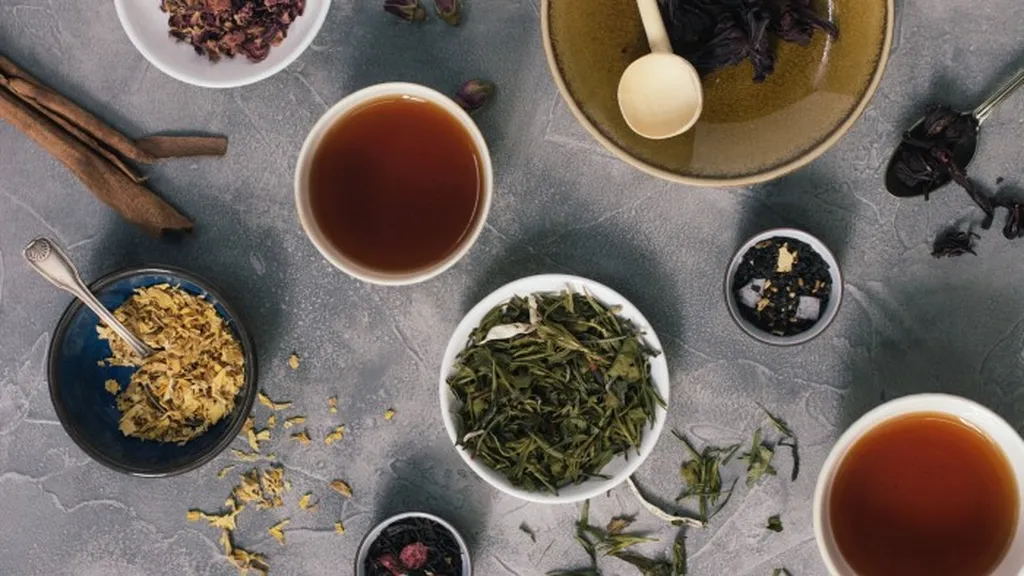In the heart of China’s agricultural landscape, a quiet revolution is brewing, one tea leaf at a time. Researchers at Hunan Agricultural University, led by Dr. Jiang Youcang, are harnessing the power of the Internet of Things (IoT) to transform the tea industry, offering a glimpse into the future of smart agriculture. Their work, recently published in *Shipin Kexue* (which translates to *Food Science*), is not just about improving tea production; it’s about redefining the entire tea industry’s trajectory.
The tea industry in China is a patchwork of varying scales and uneven development. Some enterprises are large and technologically advanced, while others are small and traditional. This disparity presents a challenge, but also an opportunity. “The application of IoT in the tea industry is not just about catching up with the times,” says Dr. Jiang, “it’s about setting a new standard for quality, efficiency, and sustainability.”
The research team has focused on the application of IoT in tea planting and processing of six kinds of tea and scented tea. Sensors and smart devices are being deployed in tea gardens to monitor soil moisture, temperature, and humidity, providing real-time data that helps farmers make informed decisions. In processing facilities, IoT technologies are ensuring consistency and quality control, from fermentation to packaging.
The commercial impacts of this research are substantial. For one, it promises to streamline operations, reducing waste and increasing yield. “With IoT, we can predict and prevent issues before they arise,” explains Dr. Ying Jiaqi, a co-author of the study. “This proactive approach can save enterprises significant resources and enhance their bottom line.”
Moreover, the traceability aspect of IoT can boost consumer trust and brand value. In an era where consumers are increasingly conscious about the origin and quality of their products, the ability to trace a cup of tea back to its roots is invaluable. This transparency can open up new markets and premium pricing opportunities for tea enterprises.
However, the journey is not without its hurdles. The researchers acknowledge challenges such as the high initial investment, technical complexity, and the need for standardized protocols. But they are optimistic about the future. “The integration of IoT in the tea industry is still in its infancy,” says Dr. Jiang. “As technologies advance and become more accessible, we expect to see widespread adoption and innovation.”
The implications of this research extend beyond the tea industry. It offers a blueprint for other agricultural sectors looking to embrace smart technologies. As the world grapples with climate change and resource scarcity, the lessons learned from this study could be instrumental in shaping a more sustainable and efficient future for agriculture.
In the end, the story of IoT in the tea industry is not just about technology. It’s about people—farmers, processors, consumers, and researchers—coming together to create a smarter, more sustainable future. And as the world watches, the humble tea leaf might just become a symbol of agricultural revolution.

